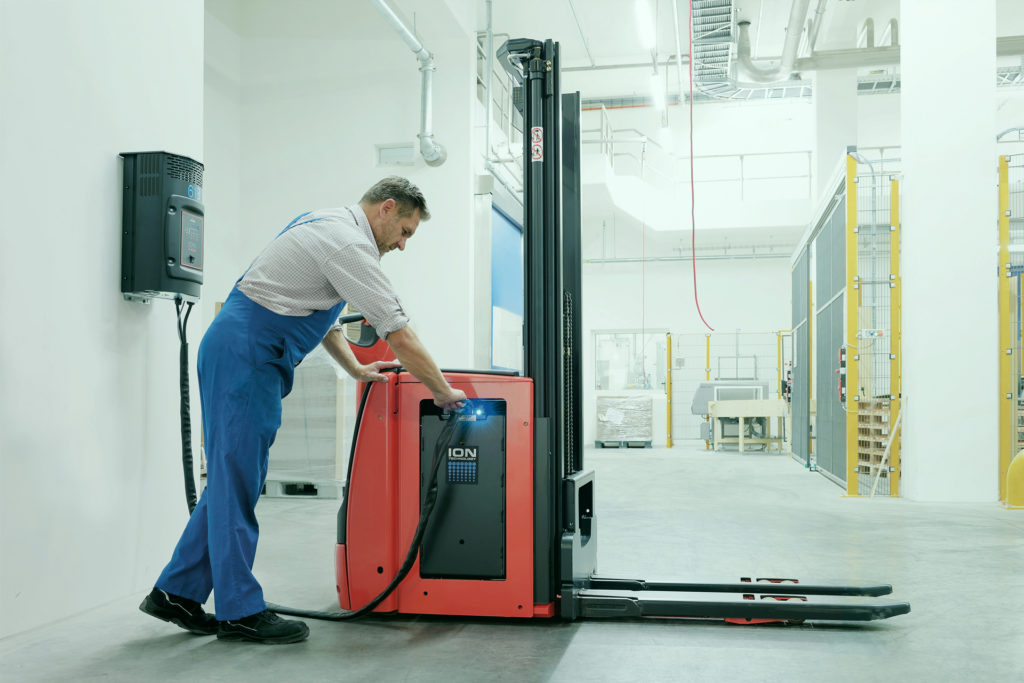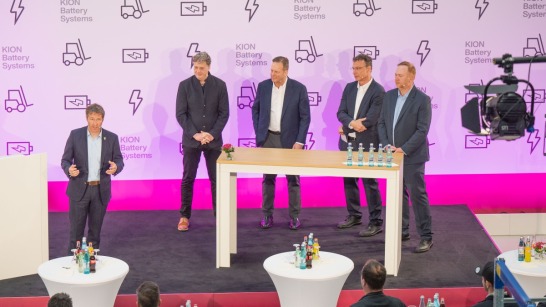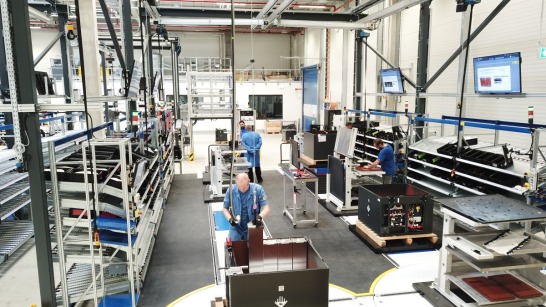Consistent Use of Regenerative Energy Sources
At the same time, the software also monitors the energy supplied by internal regenerative sources, which will become increasingly important in the future. The system also actively incorporates this into the control processes: If, for example, good weather means there is suddenly more energy available from the solar panels on the roof for a certain amount of time, the software starts up energy-intensive processes in these time windows in a targeted manner. If bad weather sets in, they are shut down again. This allows the available resources to be used in the most efficient way possible, achieving sustainable savings through intelligent redistribution.
Improved Forecasting with AI: It Pays to Look Ahead
Another piece of software from ifesca even goes one step further: Using cognitive AI, this software forecasts a company’s energy consumption and production for two to three days in advance. The software does this by collating all possible data on all conceivable factors that influence availability and consumption of energy: from production and logistics data through to the weather. Here, too, the software incorporates regenerative energy sources and forecasts how much electricity can be made available by the internal systems in the coming days. The application’s algorithms allow it to learn more quickly as its service life continues, and thus to improve the quality of the forecasts and data.
Companies can generally purchase energy more cheaply if they buy set energy packages a few days in advance. The quality of the forecasts is important here in order to make the right decisions. This is exactly what the ifesca solution does. The software enables electricity to be purchased more cheaply and in precisely the right quantity. Modern energy storage systems, which are increasingly popular in production environments, are also integrated in this kind of forward planning, and are then topped up when the electricity is available at particularly affordable prices. This yields energy savings of a further ten to twenty percent on average.
Comprehensive Solutions for Fleets and More
KION Group wants to offer its customers this comprehensive solution in order to optimize charging management for the lithium-ion fleets in use: “With the accurate forecast results from this platform, you will be able to optimize the planning of charging times for your industrial truck fleets, avoid charging peaks, and therefore significantly reduce your energy costs,” explains Stefan Prokosch. The platform can also be easily and flexibly integrated into the existing energy management systems via open interfaces. This also provides further benefits for customers, both in regard to savings and in terms of achieving their own sustainability goals.



